Northeastern Colorado, February 29
Our goal for the second day of searching for owls was to find the ever elusive Short-eared Owl. Several Short-eared Owls had been seen at Tamarack Ranch State Wildlife Area near dusk.
Cottonwood State Wildlife Area
Before we headed to Tamarack we decided to bird Cottonwood State Wildlife Area in search of a Common Redpoll. This state wildlife area is an interesting mix of open agricultural fields, hedgerows, and large cottonwood trees along the South Platte River.
We birded here for almost three hours primarily focusing on the large flock of Goldfinches continually flying back and forth between some thistles in the fields and the tall cottonwoods along the river. Among the flock of Goldfinches were several Pine Siskin and one Common Redpoll. Unfortunately we were unable to photograph the Redpoll.
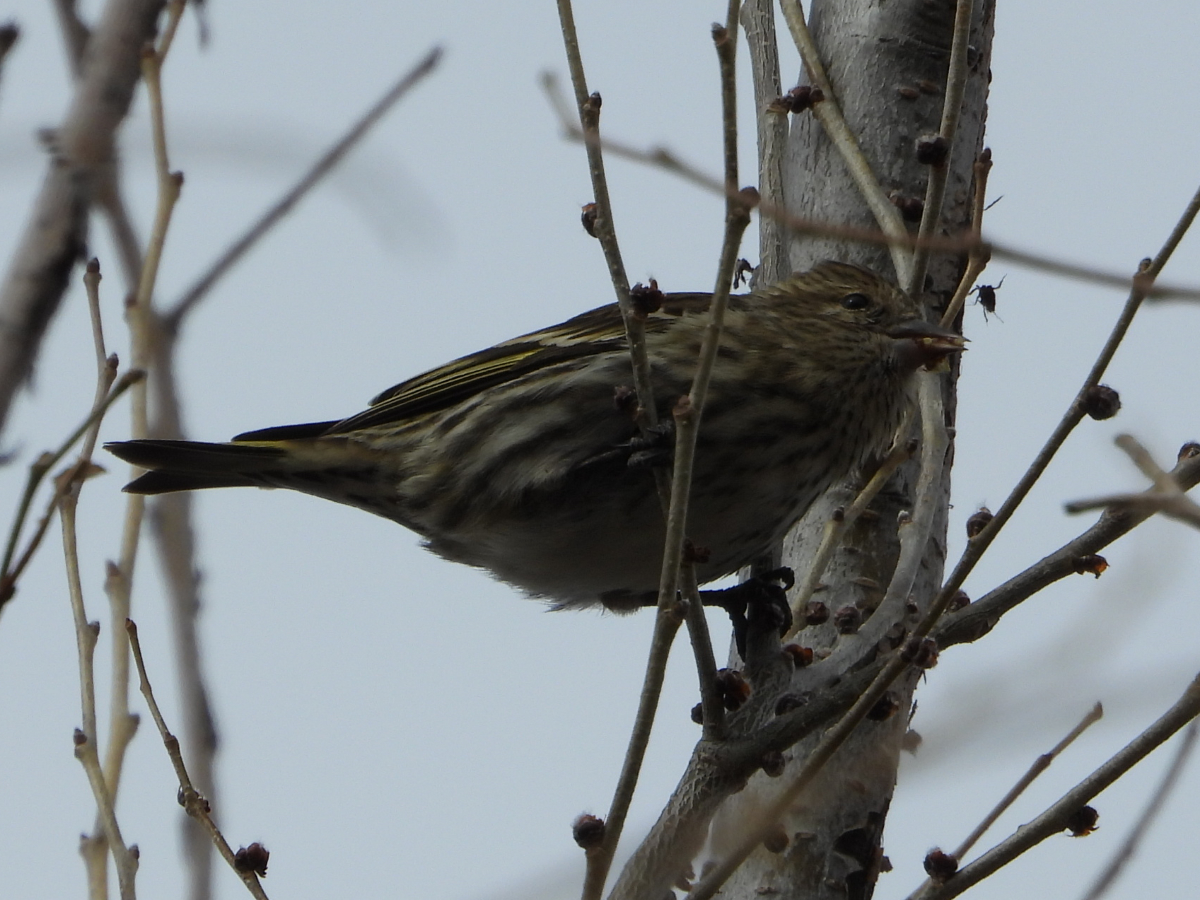
The real question is, how does this relate to owls? Well, after almost two hours of attempting to find and then refind the Redpoll we spotted a Barn Owl flying along a hedge row. It glided into the junipers before we could photograph it. By the time we got closer we could not locate the Barn Owl but we accidentally flushed three Long-eared Owls! In order not to disturb the owls we left the hedgerow even though we had not photographed any of them.
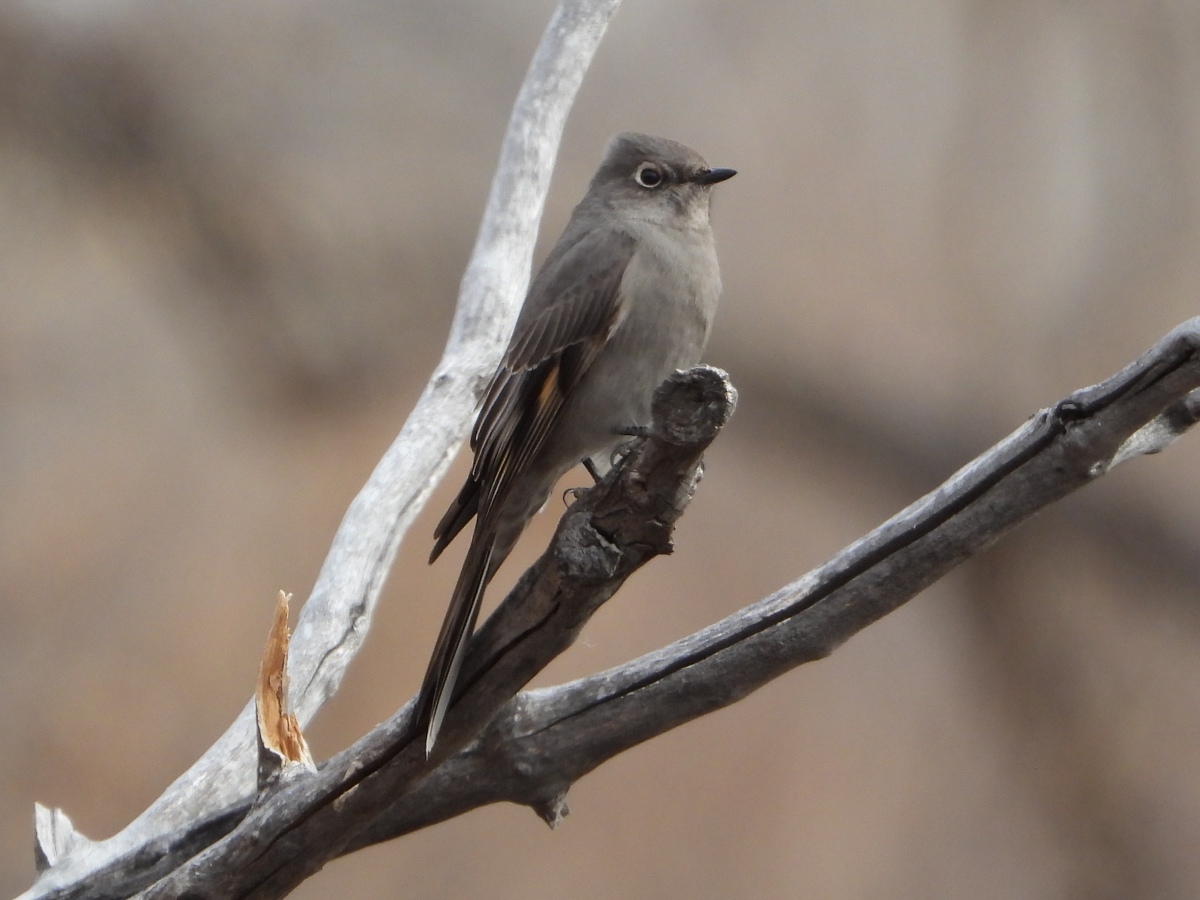
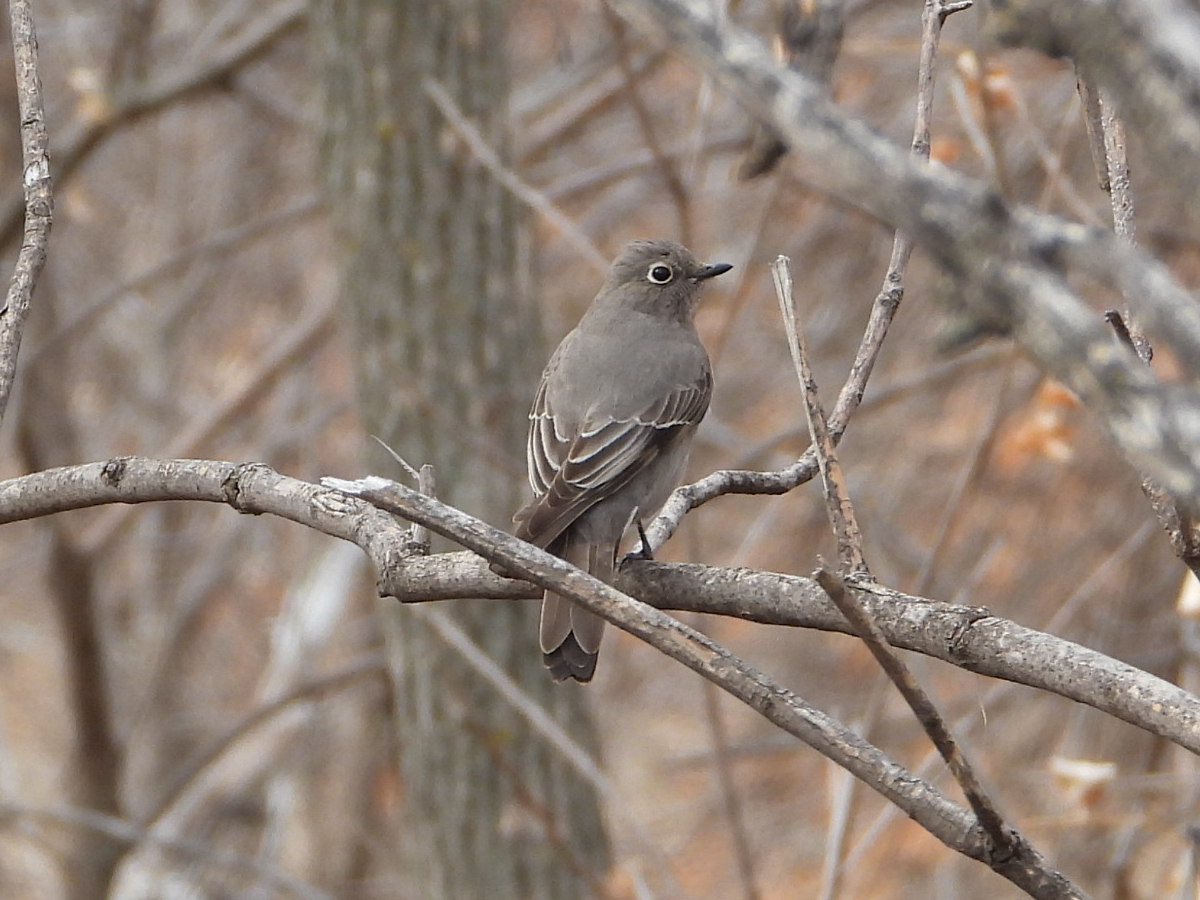
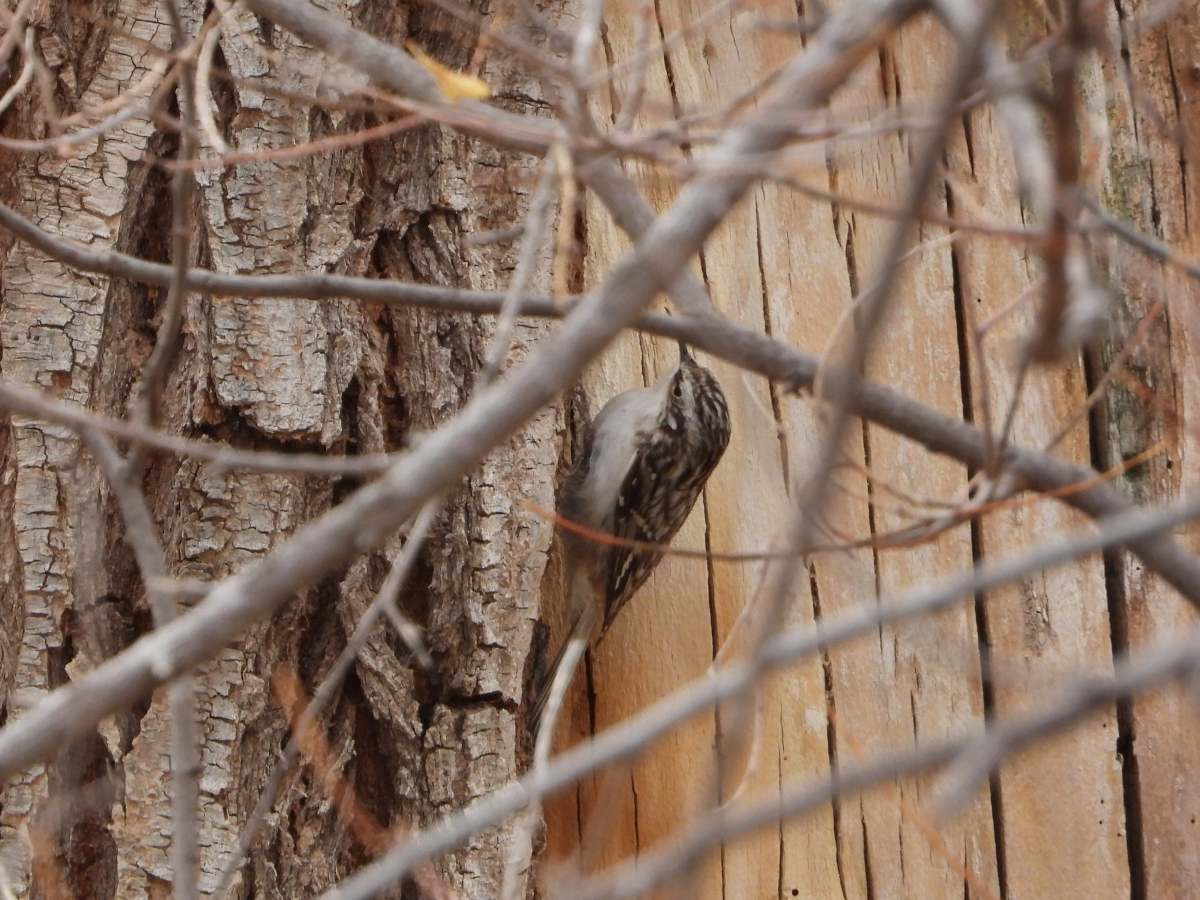
Tamarack Ranch State Wildlife Area
We arrived at Tamarack Ranch a little before the time that the Short-eared Owls would start hunting over the open fields. We birded in the rich riparian habitat along the South Platte River.
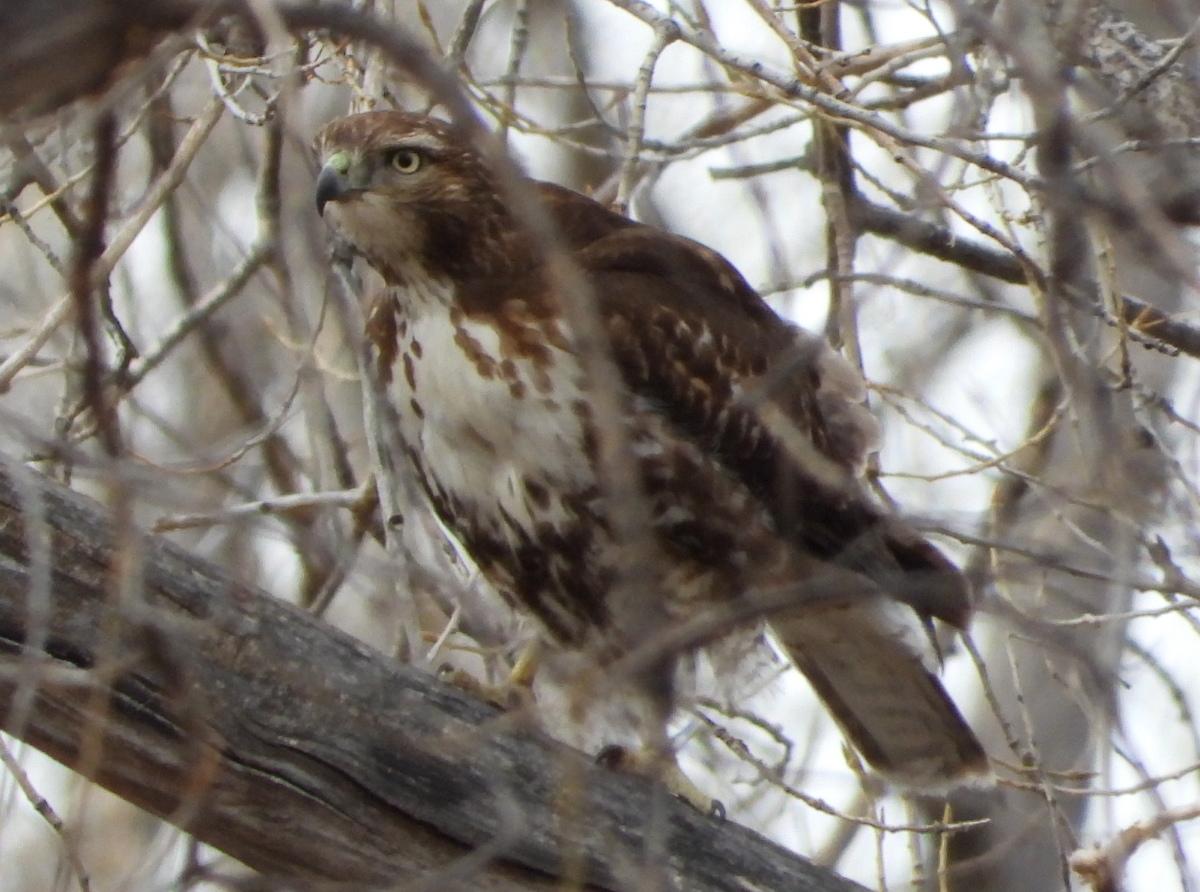
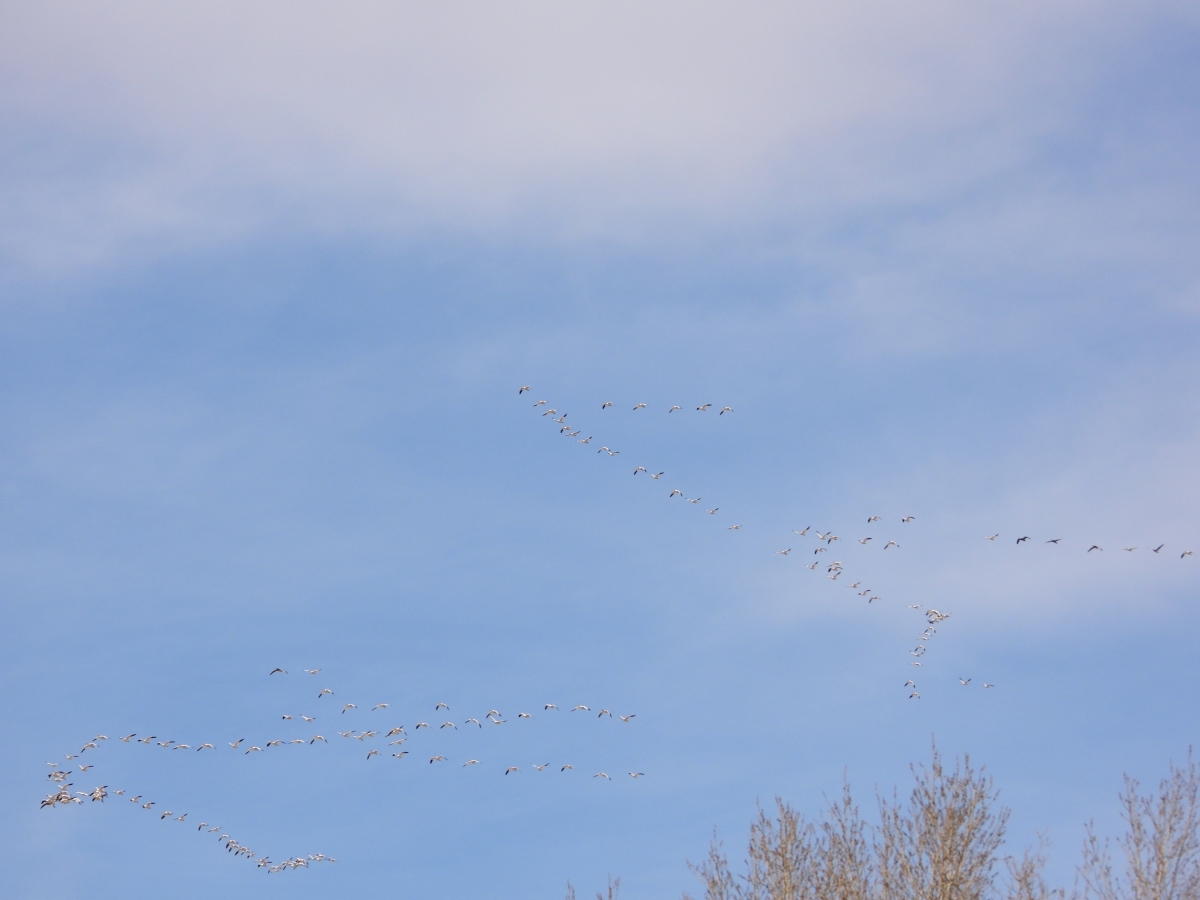
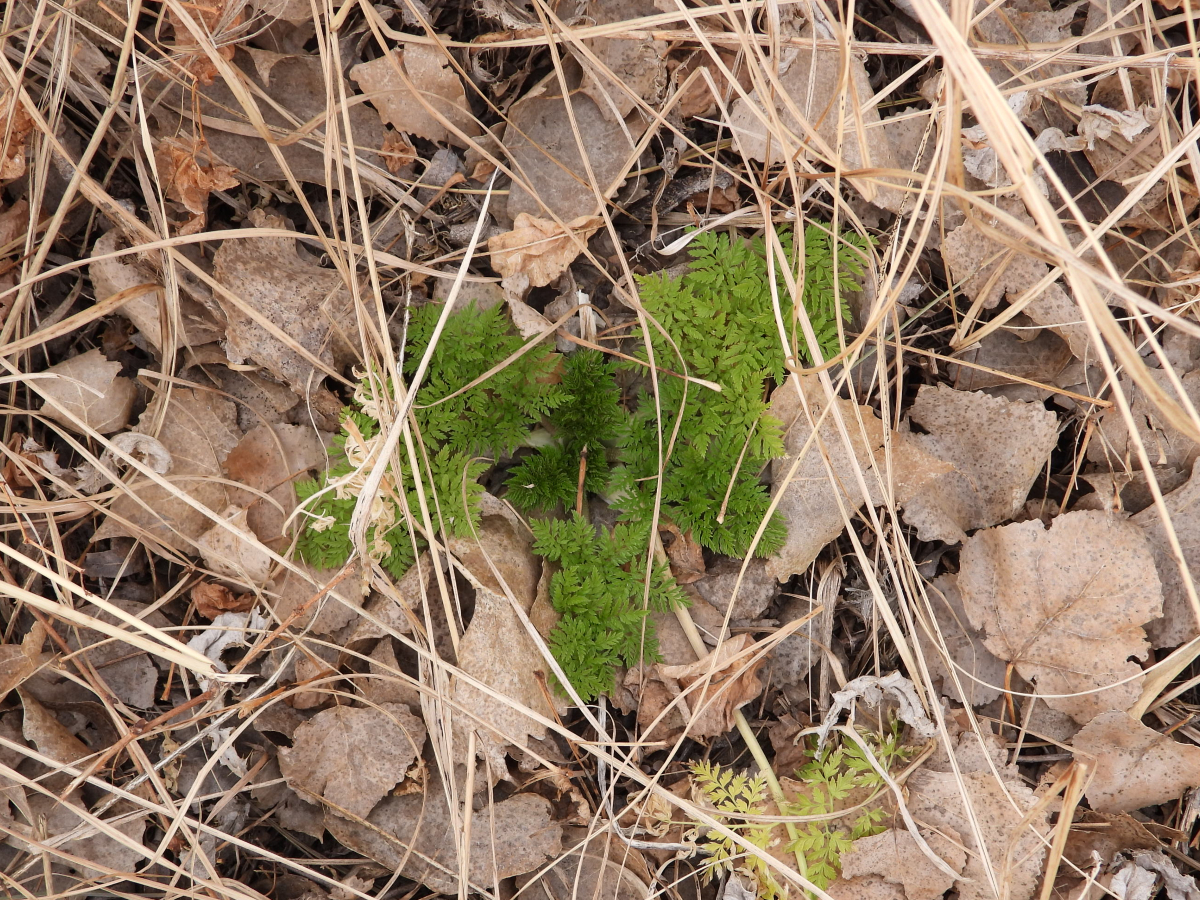


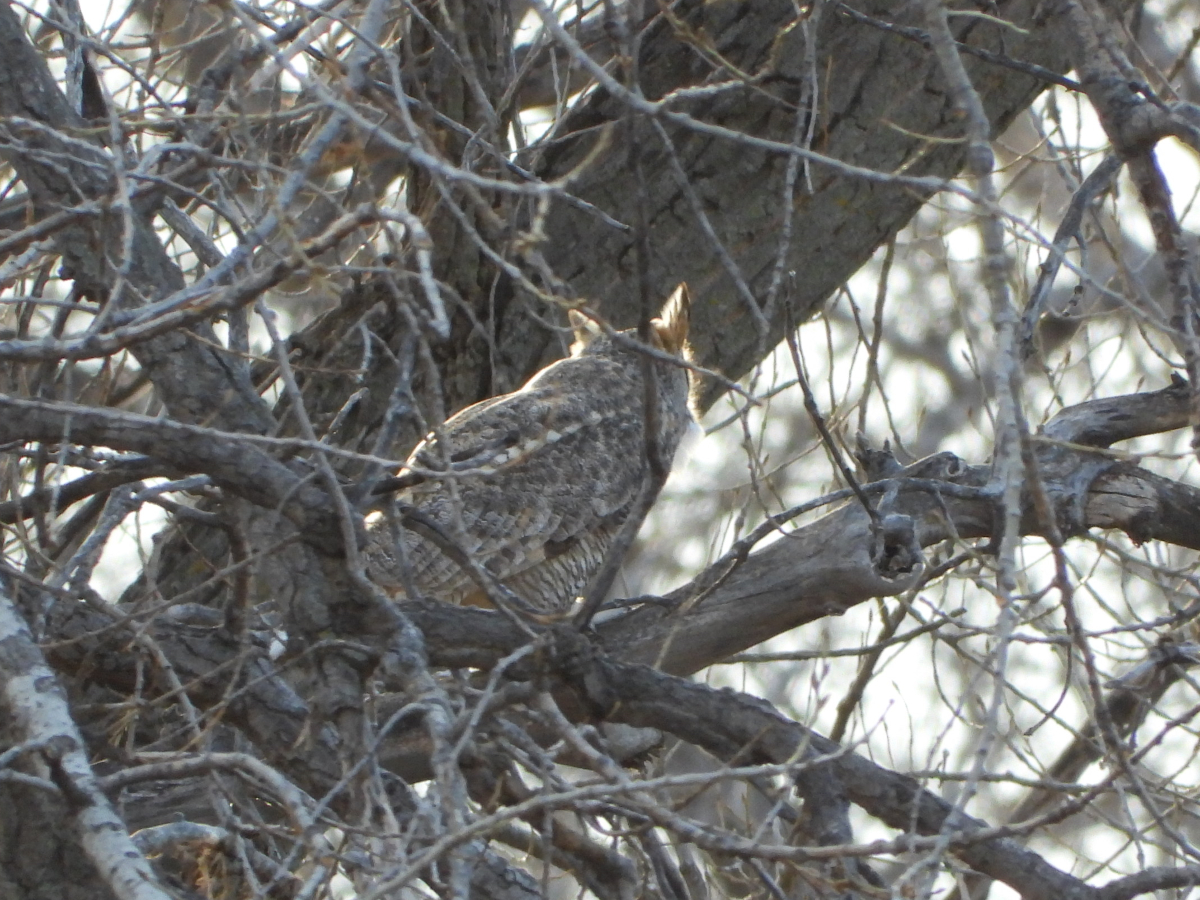
Shortly after seeing the Great Horned Owl, we arrived back in the open fields to try and spot a Short-eared Owl. These owls had been seen flying low over the fields right around sunset. The CU Birding Club and several other birders joined us to search for the owls. About ten minutes after sunset someone spotted an owl on the other side of a hedgerow. Everyone sprinted down the road and saw the bird just before it ducked into the bushes. Several minutes later another Short-eared flew by but this bird did not land in the hedgerow. It flew through to the other side giving us distant but identifiable views. The owl cruised back and forth over the fields for several minutes but because of the distance and lack of light photographing it was impossible. A rather unsatisfying way to get a lifer! Nonetheless, we were exhilarated by our 4 owl day as we started the three hour drive back to Denver.
Warren Lake, March 1
Warren Lake is a very productive lake for rare winter gulls in Colorado. Large numbers of birds loaf around the lake eating the abundant fish that are frozen in the ice. When a Glaucous-winged Gull, a bird normally seen along the Pacific Coast, was reported at a small pond nearby and later at Warren Lake we could not resist chasing it. This bird was an adult, unlike most other Glacous-winged Gulls that are seen in Colorado.
When we arrived some other birders were already on the bird. It was perched out in the middle of the lake. To the delight of every birder watching, it swooped over the water and landed extremely close to us providing great views!

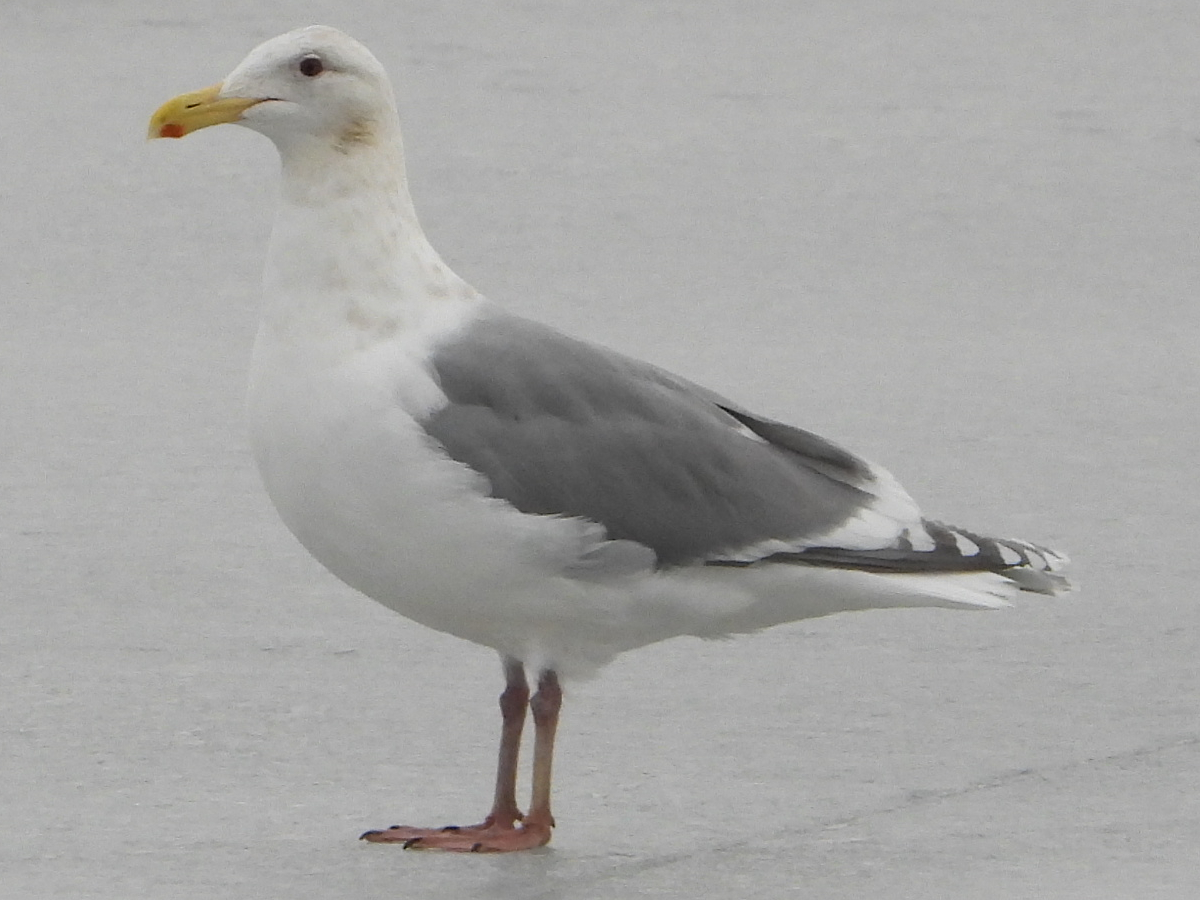


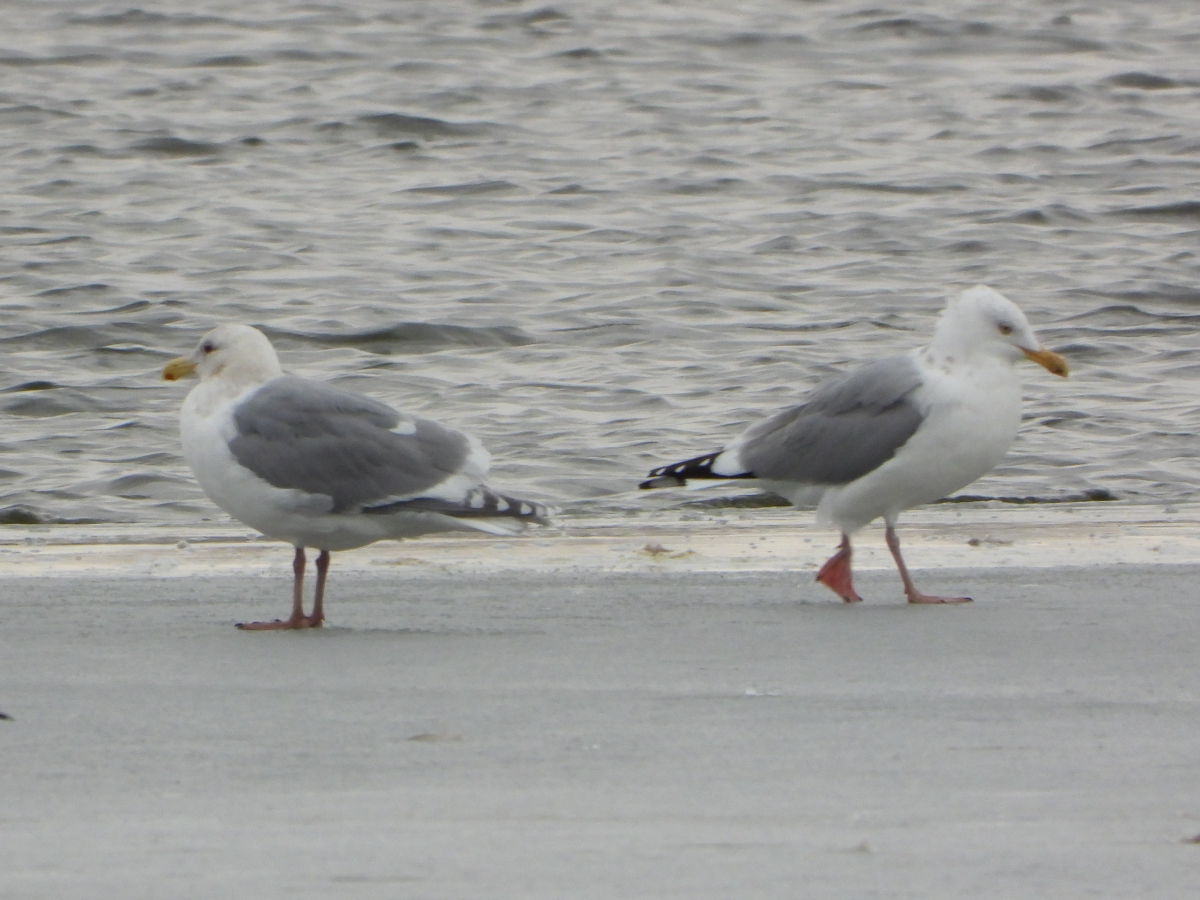
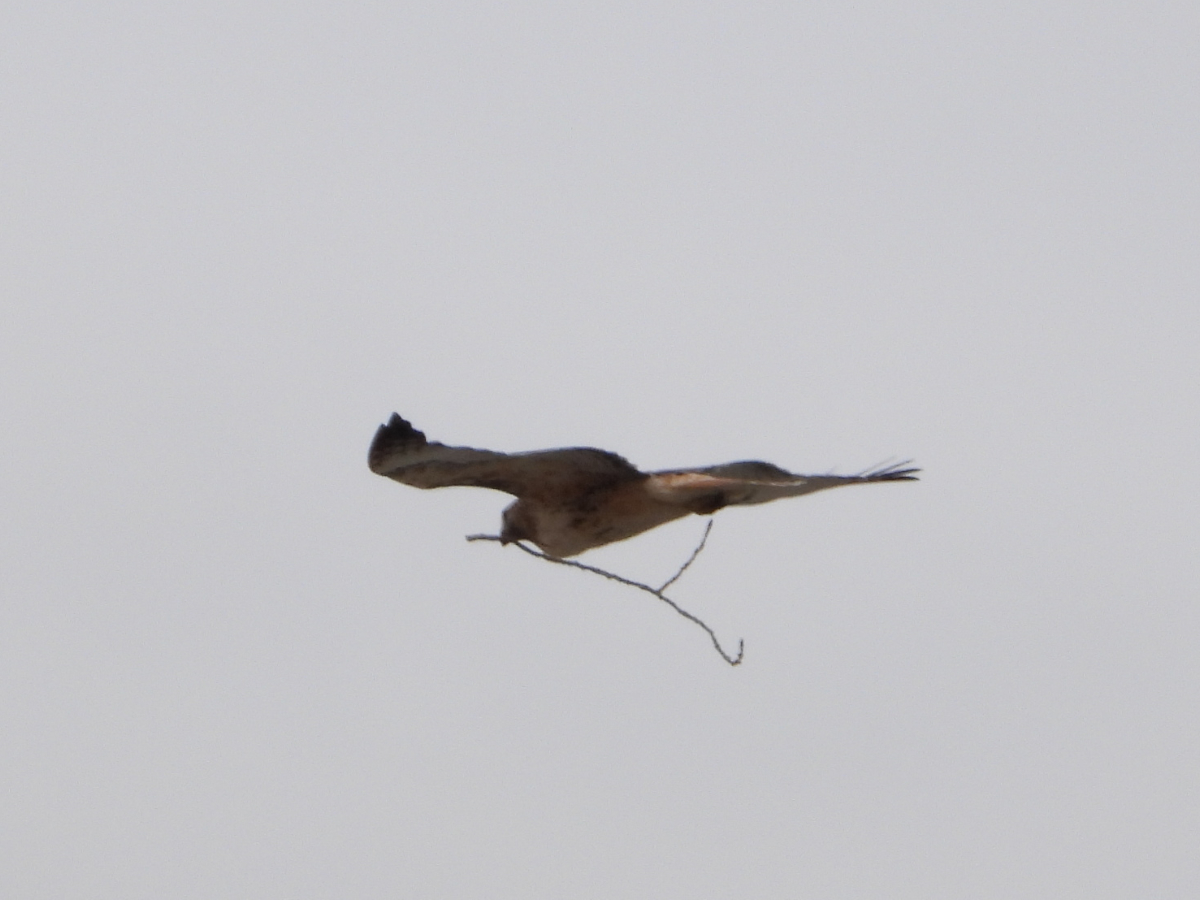
Camera: Nikon COOLPIX P1000
Optics: Celestron TrailSeeker Scope and Nikon Monarch 7 ATB 8×42 Binoculars
